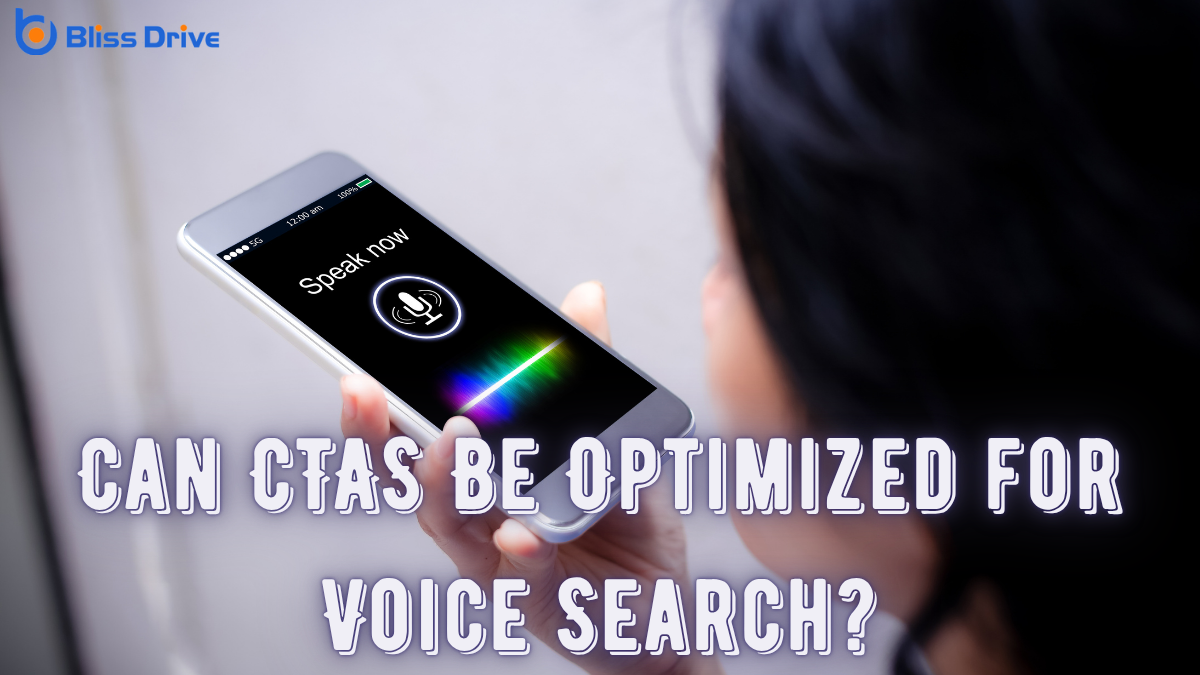Learn More About Us

You're probably familiar with the importance of calls to action (CTAs) in digital marketing. But have you considered how they might change in the era of voice searchUsing voice commands to search the internet or perform actions on a mobile device.? As more people use voice-activated devices, optimizing CTAs for these platforms becomes essential. The challenge lies in adapting them to fit the conversational and natural language used in voice interactions. Could this shift in strategy boost engagementThe interactions that users have with a brand’s content on social media. and conversions?
To optimize for voice search, you should focus on long-tail keywordsLonger, more specific keyword phrases that are less competitive and often more targeted. and natural-sounding phrases.
Consider how people talk when they ask questions and adapt your content accordingly.
Embrace the nuances of spoken language to improve your visibility.
This approach makes your content more accessible and relevant in a voice-driven world.

In the digital domain, CTAs, or calls to action, are essential for guiding user behavior and boosting engagement. They act as signposts, directing users toward desired actions like making a purchase or subscribing to a newsletterA regularly distributed email containing news, updates, and content relevant to subscribers..
By clearly conveying the next step, CTAs help you connect with users more effectively, increasing the chances of conversion and interaction. Their design, placement, and wording must resonate with your audience's needs and expectations.
When crafted well, CTAs can greatly impact your digital strategy's success. They create a seamless experience by offering clarity and a sense of urgency.
While the digital landscape continually evolves, adapting CTAs for voice-activated devices has become essential. You need to take into account how users interact with these technologies differently than with traditional screens.
Voice searches often use natural language, so your CTAs should mimic this conversational style. Instead of saying, "Click here," opt for commands like "Tell me more" or "Find out now."
Think about the context in which users engage with voice-activated devices—they’re often multitasking. Your CTAs should be direct and easy to understand, capturing attention quickly.
Tailor your language to fit the informal nature of voice interactions. Remember, clarity is key; make certain your CTAs are straightforward and actionable.
Crafting effective CTAs for voice search involves understanding how users naturally interact with their devices. You want your CTAs to be clear, concise, and conversational.
Start by focusing on how people speak rather than type. Consider these best practices:
These tips can help you create CTAs that connect effectively with voice search users.

Ever wonder how you can make your CTAs sound more natural and engaging for voice search?
Start by using conversational language that feels intuitive. Imagine a friendly chat with your audience. Instead of rigid commands, opt for phrases like "Check out our latest offers" or "Discover more about this." It’s about sounding human, not robotic.
Incorporate questions to pique interest, like "Want to save on your next purchase?" This approach aligns with how people naturally speak and interact with voice assistants.
Keep sentences short and straightforward. Avoid jargon that might confuse listeners. Remember, voice search thrives on clarity and simplicity.
How can you tell if your voice-optimized CTAs are truly hitting the mark? You need to track and analyze specific metrics.
Start by focusing on user interaction. Are people engaging with your content after hearing your CTA? Consider these key performance indicators:
As voice search technology continues to evolve, staying ahead of the curve in CTA optimization becomes vital.
You'll notice that users are increasingly relying on smart speakers and voice assistants for quick, hands-free interactions. This trend demands CTAs that are conversational and context-aware. Embrace natural language to guarantee your CTAs align with how people speak, not just how they type.
Predictive analyticsTechniques that use historical data to predict future outcomes. will play an important role in crafting these CTAs. By understanding user intent and preferences, you can deliver personalized responses that resonate.
Additionally, integrating AI to anticipate user needs can enhance engagement. As more devices and platforms adopt voice capabilities, you'll need to guarantee your CTAs are flexible and adaptable to different interfaces, providing seamless user experiences.
To optimize CTAs for voice search, adapt them to the conversational nature of voice interactions. Use phrases like "Tell me more" instead of "Click here" to align with how people speak. Keep CTAs short, relatable, and action-oriented to boost engagement and conversion rates. Leverage natural language for a more seamless experience, and regularly measure their effectiveness. By doing this, you'll stay ahead of future trends in voice search and CTA optimization.
